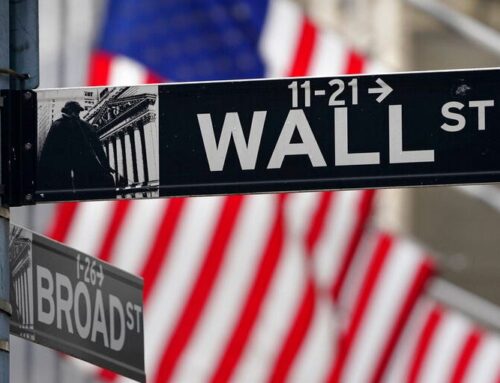This group is shaking up how communities launch renewable energy projects
November 5, 2024
The Lahaina Energy Partnership was formed in the wake of Maui’s devastating fires to make sure community members had a voice in their energy future. It’s the latest addition to a growing pool of community-led energy huis, and Shake Energy Collaborative wants to make sure those efforts are successful.
Shake provides support to grassroots energy groups on everything from hosting community workshops and fundraising, to picking out contractors or submitting applications to utilities.
“We’re sort of like a midwife for the community development process around energy,” said Ikaika Hussey, Shake’s vice president of development.
Shake got its start as a student project when the organization’s CEO Ali Andrews was in her master’s program at Stanford.
While shadowing community members on Molokaʻi who were organizing around energy, Andrews noticed a gap in the grassroots energy ecosystem.
“One of the things that was missing was that kind of development ally to help bring community values and opinions and knowledge to the energy development space,” Andrews said.
She wanted to be that ally, so she formally incorporated Shake Energy Collaborative in 2019 with a classmate. Since then, the company’s growth has largely been word-of-mouth.
They still work closely with Molokaʻi residents and assisted with the rollout of the Molokaʻi Community Energy Resilience Action Plan. They have also supported the Waianae Sustainability Cooperative on Oʻahu in its efforts to launch a community-owned solar project, and are now playing a behind-the-scenes role in the Lahaina Energy Partnership.
“We want the community to own these projects,” Hussey said. “Our role is simply to kind of help bring these projects into existence, but not to be the owner.”
Sébastien Selarque, Shake’s community planning and technical lead, said that Shake’s co-led development process is “more art than science,” given each community’s unique needs. But in general, he feels like momentum is building in the community-led energy space.
“I think people are getting really good at stewarding this process and then sharing that information with other community groups that are pursuing similar energy sovereignty goals,” Selarque said.
Andrews said that when it comes to the nuts and bolts of Shake’s process, no detail is too small. They make sure the community takes the lead, especially when it comes to where projects will be built.
In their workshops, Andrews and her team will often screen share a Google Map with participants and walk through possible locations for a solar facility. Andrews said that residents bring invaluable perspectives, informed by their lineal ties to the land or their lived experience in the community.
“There are lots of examples of when the community members know better than any traditional energy expert would, but land is one of the most fun times to just sit back and screen share Google and watch the knowledge spill out,” Andrews said.
This level of community engagement can be time-intensive, and Hawaiʻi has urgent deadlines to transition away from fossil fuels. But Andrews points out that community opposition is a big reason why energy projects fail. Shake Energy wants to help create a future where community members are in the driver’s seat.
“If we make a really fast transition where we don’t engage any community members in the building of the projects and in the ownership of the projects, then we may recreate a system of outside ownership, of inequity,” Andrews said.
Search
RECENT PRESS RELEASES
Related Post




